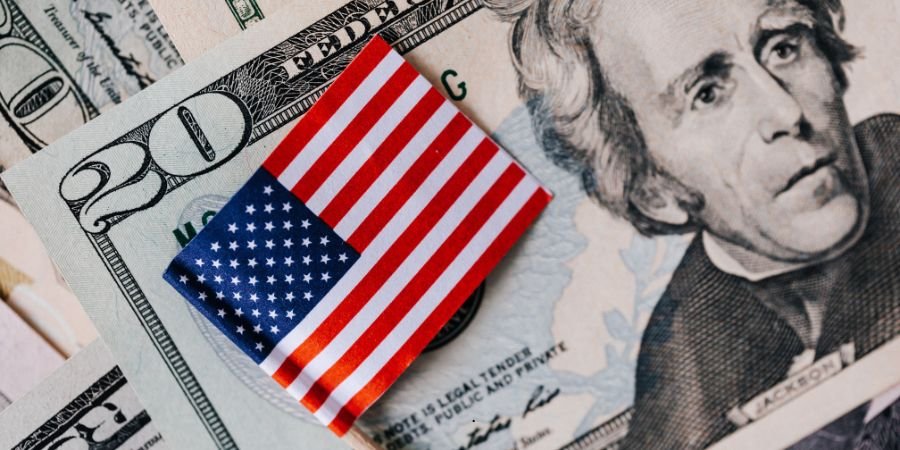If you’re curious about why young people are no longer going into banks like their parents did, you’re not alone. It’s not a trend. It’s a huge change in how millennials and Gen Z bank. With all things going online, food, shopping, even dating, no wonder mobile banking apps are becoming the easiest way to manage finances as well.
Let’s dig into why millennials and Gen Z are abandoning old-school banks and moving to mobile-first banking solutions.
Convenience is the New Standard
No one enjoys waiting in line at a bank. For generations that have had smartphones and instant access to all things, waiting to deposit a check or speak to someone about a minor issue just doesn’t compute. With mobile banking, you can do nearly everything on your phone—transfer funds, pay bills, see your balance, or even lock your card if it’s lost.
It suits their lifestyle. Whether they are eating lunch, heading to work, or binge-watching television, they can control their money without leaving their location. The days of dashing to the bank before closing time are largely a thing of the past.
Lower Fees and Better Control
One of the largest reasons that young adults are departing from big banks is due to the fees. Overdraft fees, monthly maintenance fees, ATM fees, these can all add up in a hurry. And let’s be real, nobody likes seeing a surprise charge of $35 just because they went a few dollars over.
Mobile-first banks tend to offer low-fee or feeless accounts. They are designed to be easier and more intuitive. Some include budgeting features or alerts that allow users to keep tabs on how they’re spending money. That level of control can make a difference when you’re trying to make every dollar go the farthest.
Everything Happens Faster
Now let’s discuss speed. Previously, if a person sent money to you, it would take at least a day or more to reach your account. But with all the mobile banking apps, the money arrives immediately or at least the same day.
When paying rent, sharing a dinner, or transferring money to a friend, waiting two days is just no longer acceptable. Instant money transfers, quick deposits, and real-time updates are precisely what young people expect.
Trust Is Changing
Previously, people used to trust banks because they were large and reputable. Today, trust happens due to positive reviews online, high app ratings, and transparency. If a bank is difficult to contact, filled with surprise fees, or isn’t phone-friendly, it loses trust quickly.
A lot of the mobile-first banking alternatives are clearer about what they are providing. They are responsive on social media, they’re transparent about things, and they are making it convenient for customers to access help whenever they need it. For a lot of young people, that’s more real and honest.
Designed for the Digital World
Old-fashioned banks were constructed for a bygone era. Their infrastructure is antiquated, their apps are clumsy, and too many of them remain in catch-up mode. By contrast, mobile banking apps are constructed from the ground up specifically for a digital experience.
The interface is neater. The organization is more logical. You don’t require a guidebook to learn what is going on. Younger consumers like it when an app operates nicely without having to click through dozens of pop-ups or use old-fashioned tools.
More Than a Chequing Account
Several of these new mobile-based banks have more than simply chequing and savings accounts. They have features such as early access to paychecks, automatic savings, or rewards for daily expenses.
Some apps even allow users to invest, budget, or build credit, all in one place. Instead of having five different apps for money-related tasks, many people like the idea of keeping it all in one simple, clean app.
Banking with a Purpose
Millennials and Gen Z are also more concerned about where their money is headed. Some of the old-school banks have been in the news for providing money to industries or projects that younger generations don’t support. Meanwhile, some mobile banks specialize in being more conscious or green.
Whether it’s through providing carbon footprint monitoring, local community support, or donating some profits, young users are more inclined to opt for a banking app that shares their values.
Easy to Get Started
Opening an account at a bricks-and-mortar bank can often seem like a marathon of paperwork. Drop by a branch, bring in documents, wait days to be approved. With a mobile banking app, however, opening an account may take under ten minutes. Just download, sign up, confirm your identity, and you’re ready to go.
And the good news? You don’t have to be a tech whiz. These apps are designed for real people, not money gurus. That’s why so many individuals are making the transition.
Increasingly, young adults are embracing mobile-first banking because it’s simpler, quicker, and suits their life. From millennials and Gen Z abandoning traditional banks to individuals simply seeking fewer fees and better instruments, the trend is obvious.
We are living in an era where ease of use, speed, and trust are more important than a fancy lobby or a free pen. Mobile banking apps provide a solution for a modern generation. And it does not appear that this trend will be reversing anytime soon.
So, if you’re still wondering why so many people are saying goodbye to their old bank and hello to a fresh new app, it’s simple. The future of banking is already here. And it fits right in your pocket.






